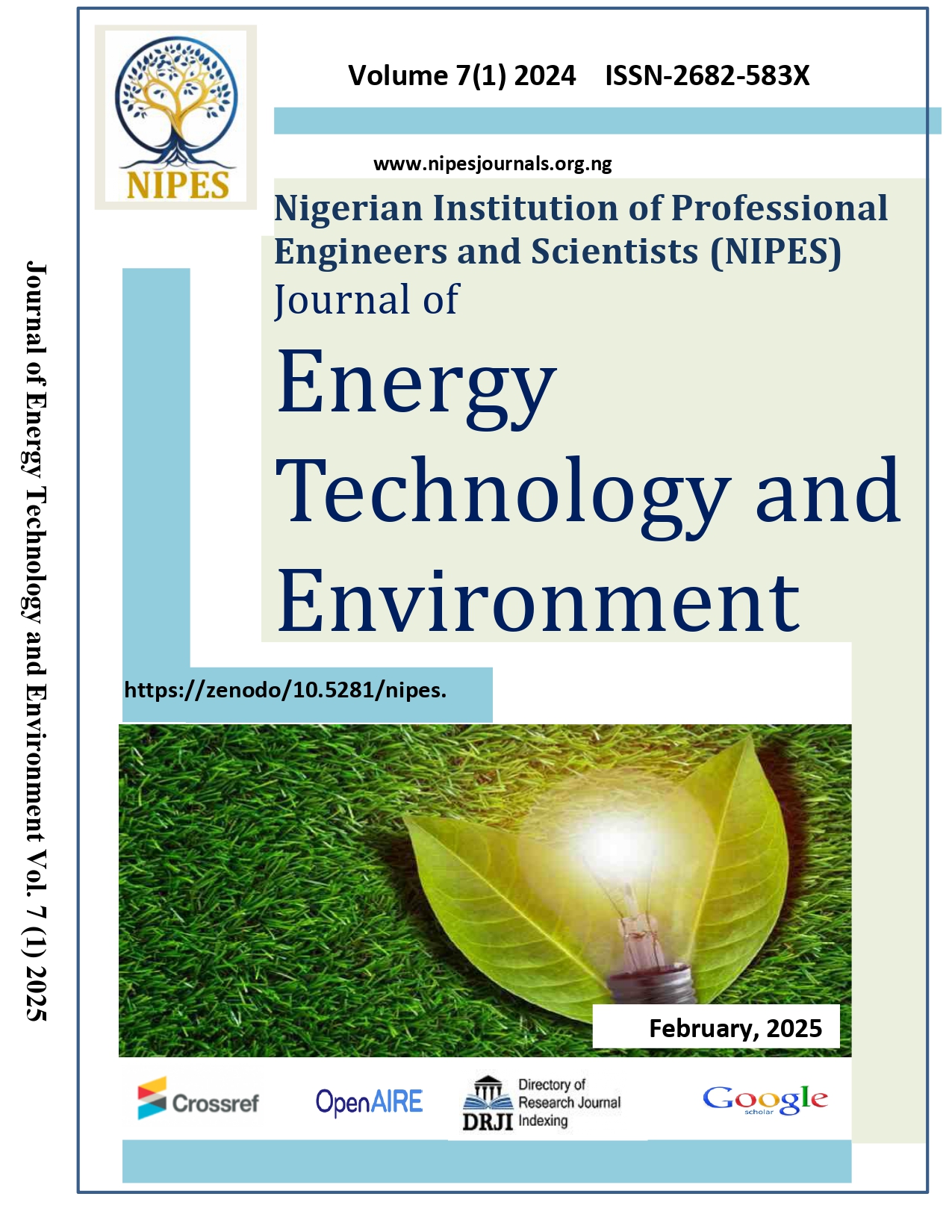A Comparative and Optimization Study for Efficient Heavy Metals (Pb and Cu) Removal Using Keratin-Based Coconut Coir Activated Carbon Composite
DOI:
https://doi.org/10.5281/zenodo.15015758Abstract
Heavy metals in water pose a significant health risk globally, disproportionately affecting underdeveloped nations. This study aimed to optimize and compare lead (Pb) and copper (Cu) removal efficiency using keratin-based activated carbon from coconut coir. The keratin used in this study was extracted from chicken feathers through pre-treatment and precipitation, and then combined with carbonized and activated coconut coir. To optimize the adsorption process, Response Surface Methodology (RSM) was utilized, specifically employing Central Composite Design (CCD) to investigate the effects of heavy metal concentration, contact time, and adsorbent dosage on adsorption efficiency, with experimental design and analysis conducted using Design Expert version 13. The results of the study were promising. The keratin extraction process yielded 70%, while the lead (Pb) removal efficiency reached 97.55 % for coconut coir activated carbon and 99.26 % for keratin-based coconut coir activated carbon. Copper (Cu) removal efficiency was also significant, at 86.74% for coconut coir activated carbon and 97.53% for keratin-based coconut coir activated carbon. Optimal conditions for removal were identified as 5.41 mgL-1, 71.31 mins, and 7.35 gL-1 for Pb, and 6 mgL-1, 70 mins, and 6 gL-1 for Cu. The coefficient of determination (R2) values, ranging from 0.9838 to 0.9910, indicated a strong correlation between the variables, confirming the effectiveness of keratin-based coconut coir activated carbon in heavy metal adsorption. This solution aligns with the sustainable development goals, ensuring clean water, sanitation, good health, and wellbeing. The findings demonstrate the potential of keratin-based coconut coir activated carbon to address the global issue of heavy metal contamination in water

